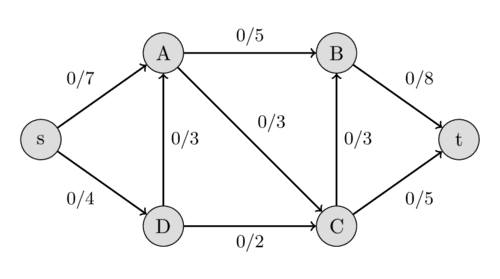Consider the following statements about degree correlation in networks:
- In neutral networks, nodes link to each other randomly, which in turn results in a lack of degree correlation for the linking pattern.
- A perfectly assortative network is always a complete graph.
- The correlation exponent can help determine the type of the network. When the correlation exponent is positive, we may say the network is assortative.
- In assortative networks, nodes tend to link to nodes of similar degree. In other words, hubs tend to connect with hubs, and small-degree nodes tend to connect with small-degree nodes.
- Degree correlations for directed networks are defined by two coefficients: \( r_{in,out} \) and \( r_{out,in} \).
Select the alternative that lists the correct statements:
- I, II, and V are correct.
- Only V is correct.
- II, III, and IV are correct.
- I, II, III, and IV are correct.
- None of the above.
Original idea by: Heitor Mattosinho






.png)

